Lexington Down Payment Assistance Program
Lexington Down Payment Assistance Program: Your $5,000 Shortcut to Owning a Home in Kentucky
Buying your first home can feel like climbing a bluegrass-covered mountain without gear. The Lexington Down Payment Assistance Program (LDPA Program) hands you the rope—up to $5,000—so you can summit that peak with confidence. In this guide, you’ll discover how the program works, who qualifies, and smart tactics to stretch every dollar all the way to your closing table.
Why This Local Grant Matters More Than Ever
Mortgage rates may rise and fall, but one reality never changes: most first-time buyers say the down payment is the single biggest hurdle. According to the National Association of REALTORS®, 38% of recent novice buyers delayed purchasing because they couldn’t save enough cash. By contrast, Lexington’s median home price has hovered around $275,000 in 2024—requiring roughly $8,250 for a minimum 3% down payment. The LDPA Program slashes that figure by more than half, bringing keys within reach for thousands of Kentuckians.
Ready to dive into the nitty-gritty? Let’s break down the mechanics first, then we’ll strategize.
How Does the Lexington Down Payment Assistance Program Work?
Administered by the Lexington-Fayette Urban County Housing Authority, the Lexington Down Payment Assistance Program funnels federal HOME funds into zero-interest, forgivable loans. Here’s the quick anatomy:
- Maximum assistance: Up to $5,000 per household, wired directly to your closing statement.
- Repayment: No monthly payments. The loan is fully forgiven after you occupy the home for five consecutive years.
- Property type: Any owner-occupied single-family home, condo, or townhouse within Lexington-Fayette County boundaries.
- Layering: LDPA funds can be combined with FHA, VA, USDA, Kentucky Housing Corporation loans, or employer grants—provided total aid doesn’t exceed actual cash needed.
Think of LDPA funds as the final puzzle piece. They often cover the last few thousand dollars that stand between a buyer and an underwriter’s green light. As one Lexington loan officer quipped, “Five grand may not sound life-changing, but it turns a denial into an approved stamp more often than you’d believe.”
Case in point: Marcus and Tia, a pair of recent University of Kentucky grads earning $52,000 combined, were short $3,800 on their FHA cash-to-close estimate. Their realtor suggested the LDPA Program; they applied, attended a one-day counseling class, and received a $4,500 grant. Three months later they were grilling steaks on their own patio in the Kenwick neighborhood—while still keeping their rainy-day savings intact.
Who Qualifies for the Lexington Down Payment Assistance Program?
Eligibility boils down to five core pillars. Miss one, and the grant could slip through your fingers—so review each item carefully.
1. First-Time Homebuyer Status
You must not have owned a primary residence in the past three years. A single parent or displaced homemaker who only owned jointly with a former spouse also counts as “first-time.”
2. Income Limits
Your household’s gross annual income must fall below 80% of Lexington-Fayette Area Median Income (AMI). In 2024, that’s roughly:
- $54,950 for a 2-person household
- $61,850 for a 3-person household
- $68,750 for a 4-person household
Numbers adjust annually, so double-check current tables before applying.
3. Minimum Contribution
Plan to bring at least $1,000 of your own funds to closing. This “skin in the game” shows underwriters you’re financially invested.
4. Homebuyer Education
A HUD-approved course—often a one-day Saturday workshop—must be completed before closing. Keep your certificate handy; lenders will request it.
5. Property Standards & Pricing Caps
Homes must pass a local HQS (Housing Quality Standards) inspection. Purchase price generally can’t exceed $294,000 for existing homes or $323,000 for new construction, based on 2024 HUD figures.
Meet these criteria, and the Lexington down payment help is yours for the taking.
Step-by-Step Application Blueprint
- Consult a lender familiar with Kentucky first-time buyer assistance. They’ll pre-qualify you and flag any credit issues.
- Reserve funds early. LDPA money is dispensed on a first-come, first-served basis and occasionally pauses when the fiscal year’s pot empties.
- Finish your homebuyer class. Some agencies let you complete modules online, but in-person sessions often provide sharper budgeting advice.
- Submit paperwork: pay stubs, W-2s, bank statements, ID, purchase contract, and class certificate.
- Schedule the HQS inspection within 10 days of contract acceptance.
- Close and celebrate! Funds are wired, you sign, and keys jingle in your pocket.
Pro tip: Ask your lender to “stack” LDPA with the Kentucky Housing Corporation Regular DPA. When structured correctly, borrowers can receive up to $11,000 in cumulative assistance, shrinking their out-of-pocket costs to a figure smaller than last year’s tax refund.
Financial Math: How Far Does $5,000 Go?
A common misconception is that down payment assistance only covers the down payment. In reality, LDPA funds can be applied toward:
- Down payment minimums (3% on a conventional loan, 3.5% for FHA)
- Closing costs (title insurance, appraisal, recording fees)
- Prepaid items like homeowner’s insurance and escrow deposits
Let’s crunch numbers on a $250,000 purchase using an FHA loan:
- Down payment required (3.5%): $8,750
- Estimated closing costs & prepaids: $6,000
- Total cash to close: $14,750
- Minus LDPA grant: -$5,000
- Minus seller credit (2% negotiation): -$5,000
- Final cash out-of-pocket: $4,750
That’s a reduction of 68%—roughly equivalent to six months’ rent on a two-bedroom apartment in downtown Lexington. Suddenly, ownership looks less like a dream and more like a spreadsheet reality.
Credit Score Hacks & Pitfalls to Avoid
Although the LDPA Program itself doesn’t impose a minimum credit score, your lender will. For FHA, aim for at least 620, though some will approve 580 with compensating factors. Review these common tripwires:
- New credit lines: Don’t open a furniture card “for the points” two weeks before underwriting.
- Large cash deposits: Any mystery deposit over 1% of the loan amount must be sourced—it can derail your timeline.
- Student loan recalculations: Federal income-driven repayment plan? Provide a current statement; outdated figures trigger higher debt ratios.
Mitigate these risks early, and the Lexington DPA process will run smoother than Kentucky bourbon.
Looking for even more down payment aid in Lexington? Keep reading; your toolbox is about to overflow.
Layering LDPA With Statewide & Niche Programs
Savvy buyers don’t stop at one grant. Consider pairing LDPA with:
Kentucky Housing Corporation (KHC) Regular & Targeted DPA
KHC offers $6,000 in down payment loans at 0% interest over ten years. Household income caps stretch up to $122,000 in some counties, so many LDPA buyers also qualify.
Employer-Assisted Housing Funds
University of Kentucky staff can apply for a $1,500 forgivable loan through the LiveWhereUK initiative—a perk mostly unknown outside campus HR emails.
National Non-profit Grants
Groups like NeighborhoodLIFT sporadically inject $15,000 grants into specific ZIP codes. They’re time-limited but game-changing when available.
Using a layered approach, we’ve seen Lexington borrowers walk away from closing with a check back in hand—legally, of course, thanks to seller tax prorations. Not every scenario plays out that sweetly, but the possibility alone is worth the paperwork.
Ultimately, the Lexington homebuyer grant is the cornerstone; other bricks only make your financial foundation sturdier.
Common Mistakes First-Time Buyers Make
- Prioritizing granite over location: Pick a neighborhood that will grow in value even if the kitchen counters aren’t Instagram-ready.
- Skipping the re-inspection: If the HQS report lists repairs, verify completion before closing—or risk inheriting a leaky roof.
- Forgetting property taxes: Fayette County reassesses annually. Budget an extra 3% for future escrow bumps.
Avoid these errors, and your path from renter to owner will feel less like a maze and more like a guided tour.
Future Value: Why Buying Now Beats Waiting
Local economists at the University of Kentucky projected a 4% annual price uptick in Lexington’s entry-level housing through 2026, driven by job growth in health care and tech. On a $250,000 home, that’s $10,000 per year in appreciation. Waiting two years could cost you twice the LDPA grant—in equity you never capture.
Time in the market usually trumps timing the market. Pair that principle with $5,000 in assistance, and the argument for buying sooner crystallizes.
Frequently Asked Questions
Do I have to repay the Lexington Down Payment Assistance Program funds?
Not if you occupy the home for five consecutive years. Sell or move sooner, and a prorated amount becomes due at closing.
What credit score do I need for the LDPA Program?
The Housing Authority doesn’t set a score, but lenders usually require at least 620 on FHA or conventional loans.
Can I combine LDPA with other grants or gifts?
Yes. LDPA permits stacking with KHC, USDA, VA, employer programs, and family gifts, provided total aid doesn’t exceed cash-to-close.
How long does the application process take?
From reservation to closing typically spans 30-45 days, aligning with a standard purchase contract timeline.
Is there a purchase price cap?
Yes. For 2024 the ceiling is $294,000 on existing homes and $323,000 for new builds, adjusted annually by HUD.
Take the Next Step Toward Homeownership
Do I have to repay the Lexington Down Payment Assistance Program funds?
Not if you occupy the home for five consecutive years. Sell or move sooner, and a prorated amount becomes due at closing.
What credit score do I need for the LDPA Program?
The Housing Authority doesn’t set a score, but lenders usually require at least 620 on FHA or conventional loans.
Can I combine LDPA with other grants or gifts?
Yes. LDPA permits stacking with KHC, USDA, VA, employer programs, and family gifts, provided total aid doesn’t exceed cash-to-close.
How long does the application process take?
From reservation to closing typically spans 30-45 days, aligning with a standard purchase contract timeline.
Is there a purchase price cap?
Yes. For 2024 the ceiling is $294,000 on existing homes and $323,000 for new builds, adjusted annually by HUD.
If you’re ready to swap rent checks for mortgage statements—and maybe write “home” on your next holiday postcard—reach out to our partner lenders who specialize in the Lexington Down Payment Assistance Program. They’ll pre-approve you, reserve your $5,000, and coach you through the finish line. Opportunity is knocking; make sure you answer before the funds run out for the fiscal year.
Start your journey today by scheduling a 15-minute discovery call. A local expert will map out your personalized path to homeownership, no strings attached.
Explore More Blog Posts
Checkout more similar posts those will help you to choose better property.

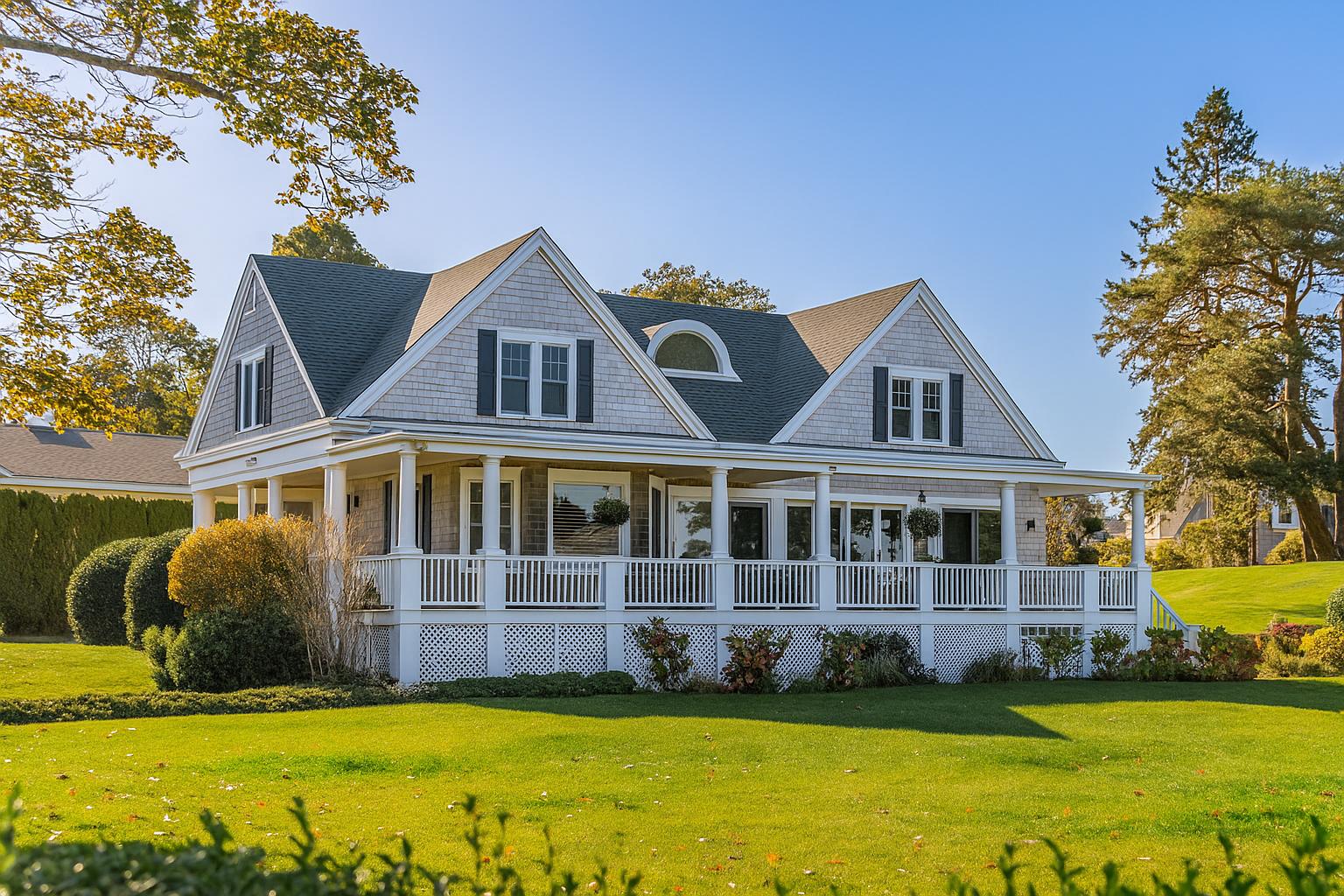
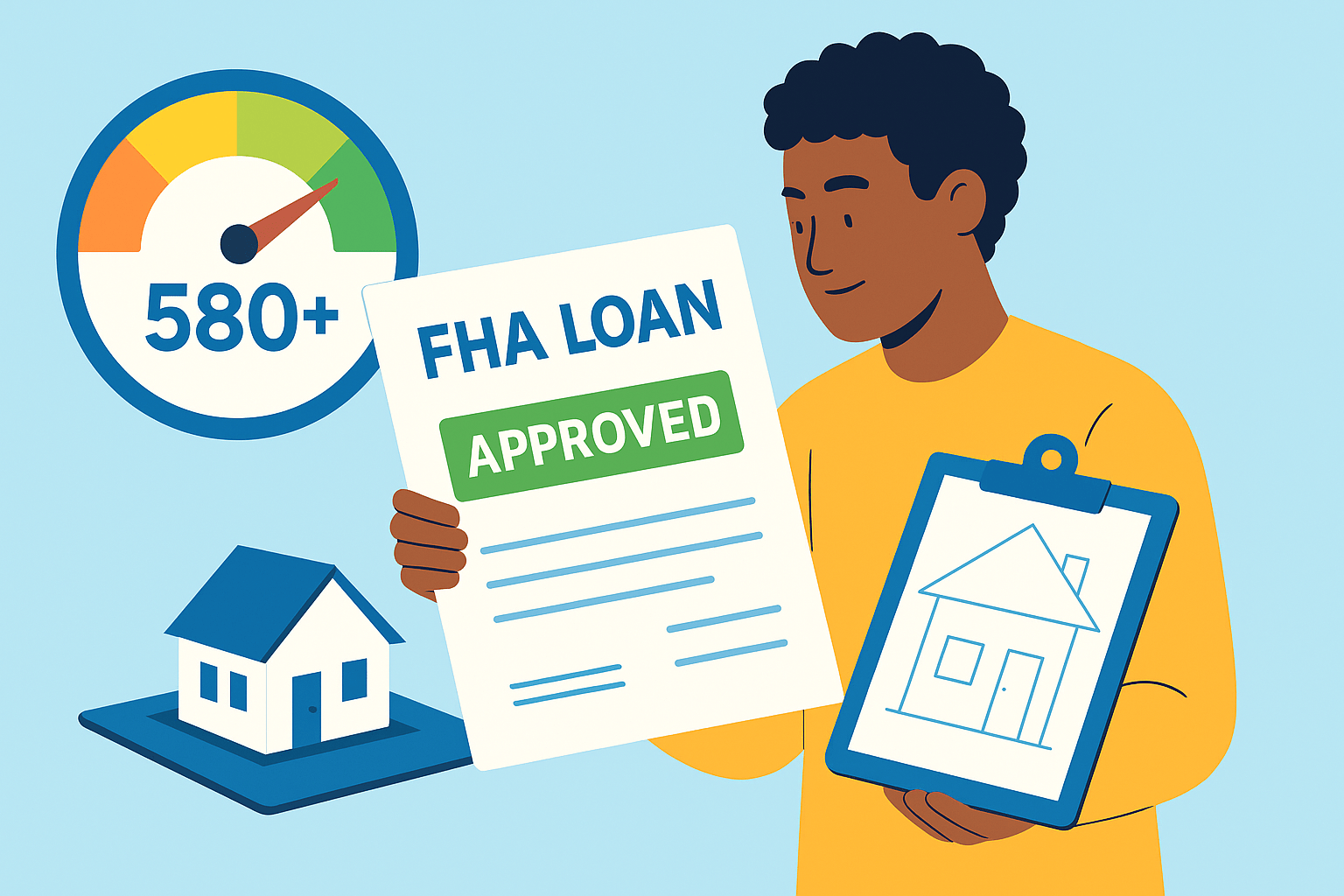
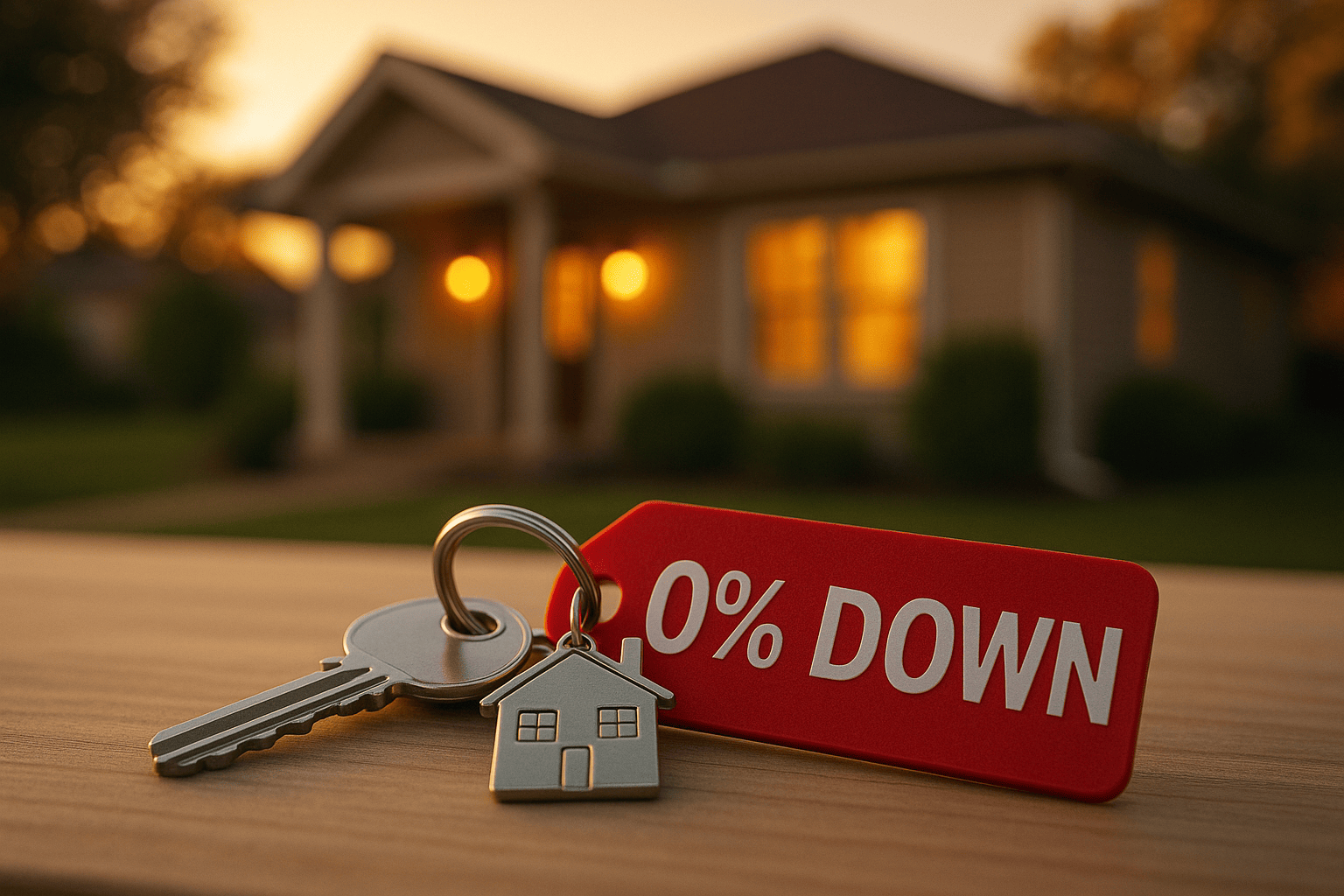




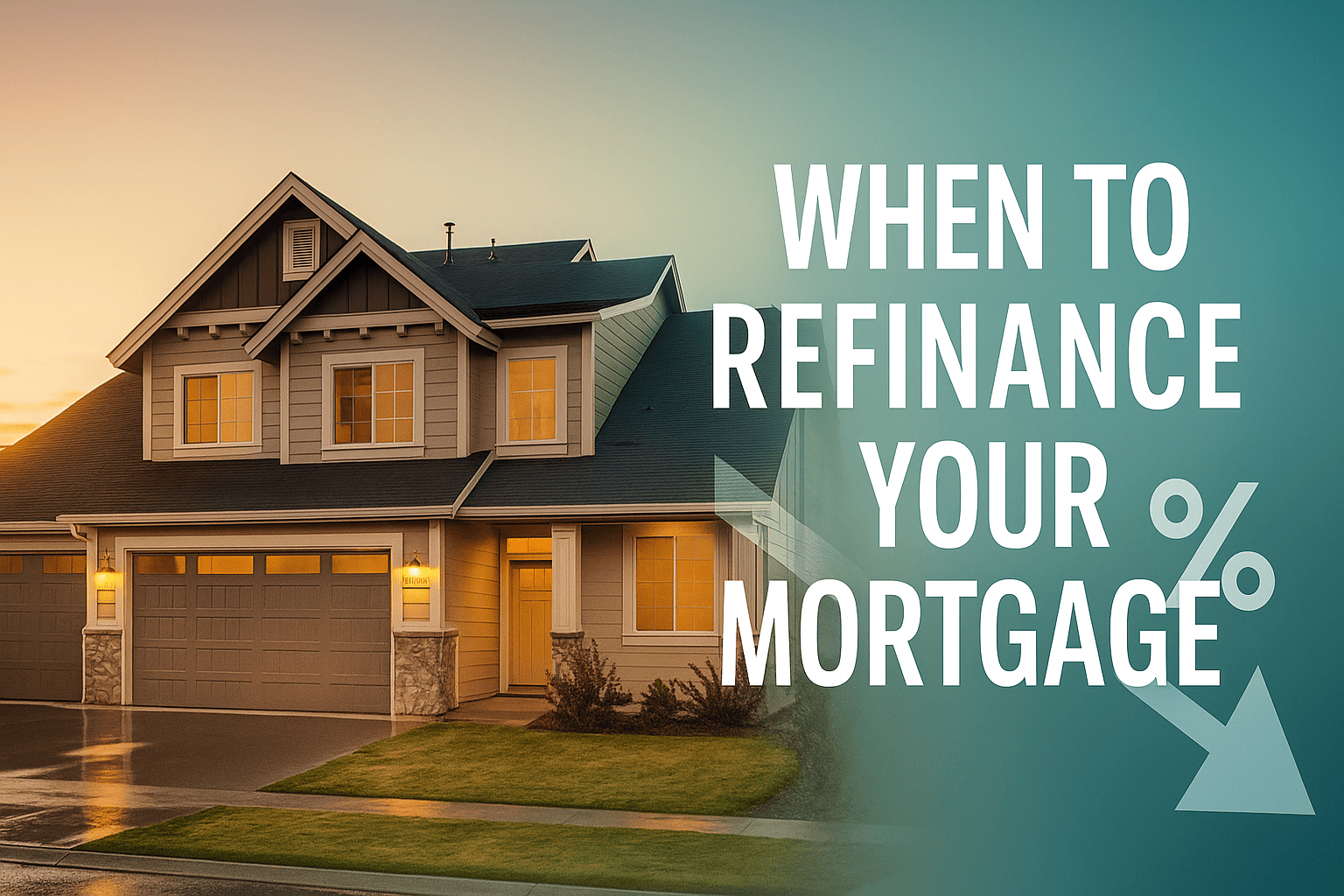
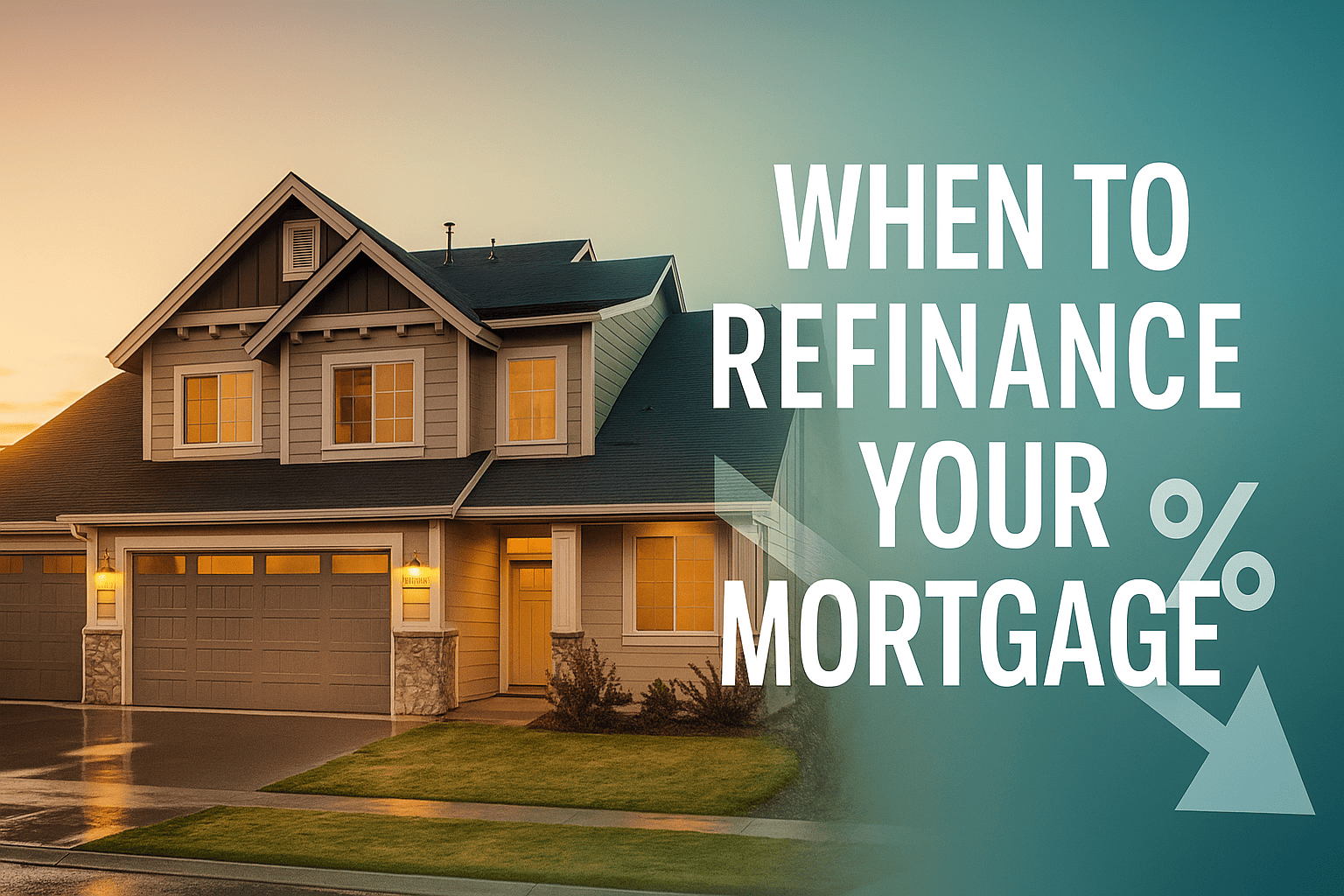


 Profile
Profile Password
Password Saved Properties
Saved Properties Sign Out
Sign Out
 +0.01
+0.01
 -0.15
-0.15

